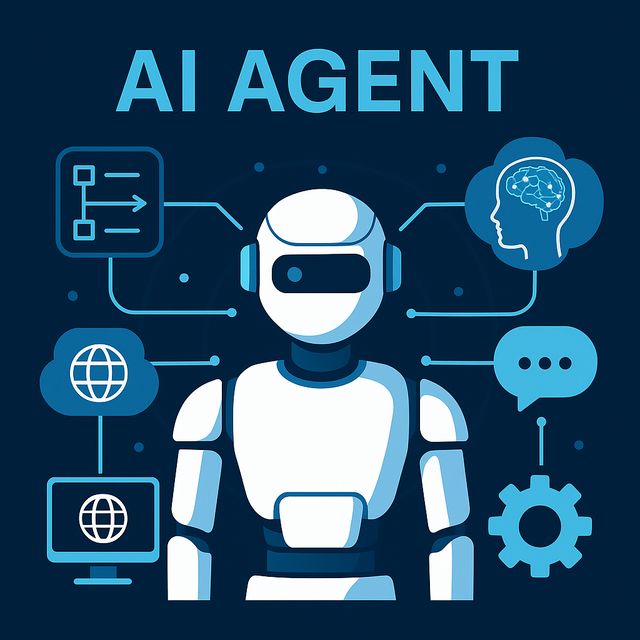Artificial intelligence (AI) is revolutionizing cybersecurity, offering new opportunities for defense while simultaneously presenting unprecedented threats. Both cybersecurity professionals and cybercriminals are leveraging AI to gain the upper hand, making it imperative for organizations and individuals to stay informed and prepared.
The Role of AI in Cybersecurity
AI is increasingly becoming a cornerstone of modern cybersecurity strategies, augmenting traditional security measures with advanced data analysis and automated threat detection. Organizations are deploying AI-driven solutions to enhance their security posture in several key ways:
- Enhanced Threat Detection: AI algorithms can analyze vast amounts of data in real-time, identifying patterns indicative of potential threats with greater accuracy than traditional systems. This reduces false positives and enables quicker, more precise responses.
- Automated Incident Response: By leveraging machine learning, AI can prioritize threats based on their severity and initiate automated containment measures, significantly reducing response times.
- Phishing and Social Engineering Defense: AI systems can recognize suspicious communication patterns, flagging potential phishing attempts before they reach users.
- Predictive Analysis: AI can proactively identify vulnerabilities and potential attack vectors, enabling organizations to fortify their defenses before breaches occur.
While AI enhances cybersecurity efforts, it also empowers cybercriminals to conduct increasingly sophisticated attacks. Malicious actors are exploiting AI capabilities to bypass traditional defenses and launch targeted attacks, such as:
- Deepfake Technology: AI-generated deepfake content can be used for social engineering attacks, tricking users into divulging sensitive information.
- Automated Malware: Cybercriminals employ AI to create self-evolving malware that can adapt to security measures in real-time.
- Data Poisoning: Attackers manipulate training data used by AI systems, leading to incorrect threat assessments and bypassing security measures.
- Credential Stuffing: AI-powered automation tools can test thousands of credential combinations rapidly, exploiting weak authentication mechanisms.
To effectively leverage AI while mitigating its associated risks, organizations should adopt a multi-layered cybersecurity approach that includes:
- Implementing AI-Driven Security Solutions: Deploy AI-powered threat detection and response systems to enhance visibility and response capabilities.
- Regular Security Audits: Continuously monitor and audit AI models to identify potential vulnerabilities and ensure compliance with security best practices.
- User Awareness Training: Educate employees on emerging AI-driven threats, such as deepfakes and automated phishing attempts, to strengthen the human firewall.
- Zero Trust Architecture: Adopt a Zero Trust model that requires continuous verification of users and devices, reducing the risk of AI-powered attacks exploiting access points.
- Collaboration with AI Experts: Work with cybersecurity and AI specialists to stay ahead of evolving threats and ensure AI models are used ethically and securely.
The integration of AI into cybersecurity presents both opportunities and challenges. By understanding the capabilities of AI and implementing comprehensive security measures, organizations can harness its potential to strengthen their defenses while minimizing risks. Staying proactive, investing in AI-driven security, and fostering a culture of cybersecurity awareness are crucial steps to navigate this dynamic landscape effectively.


